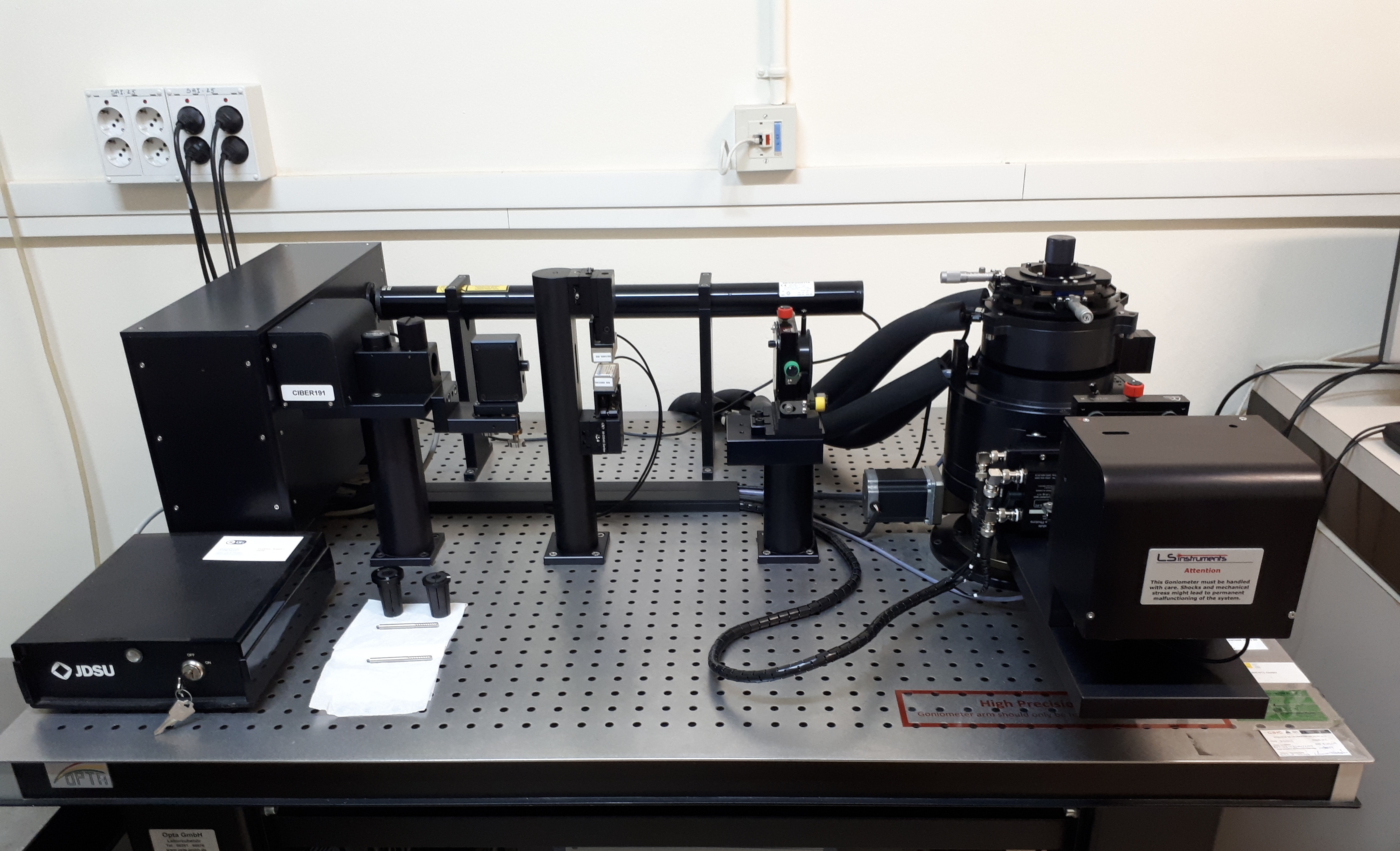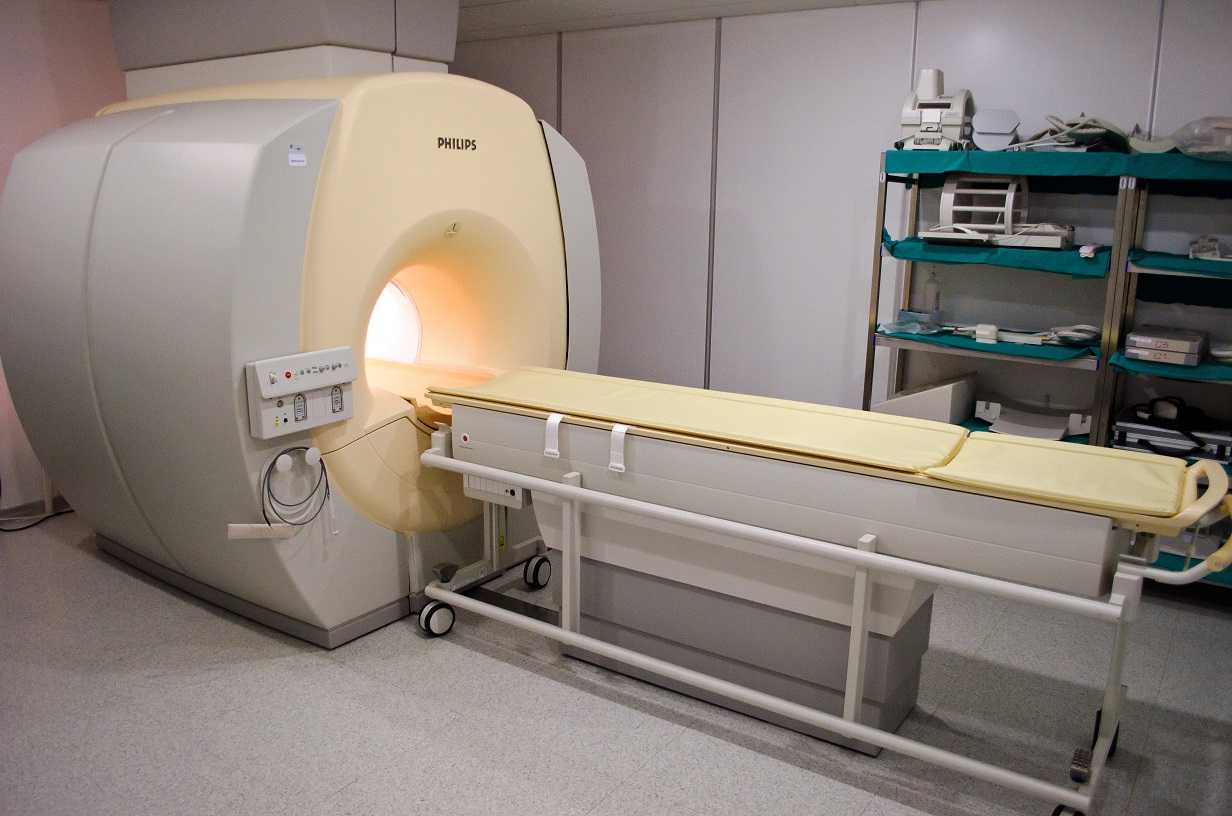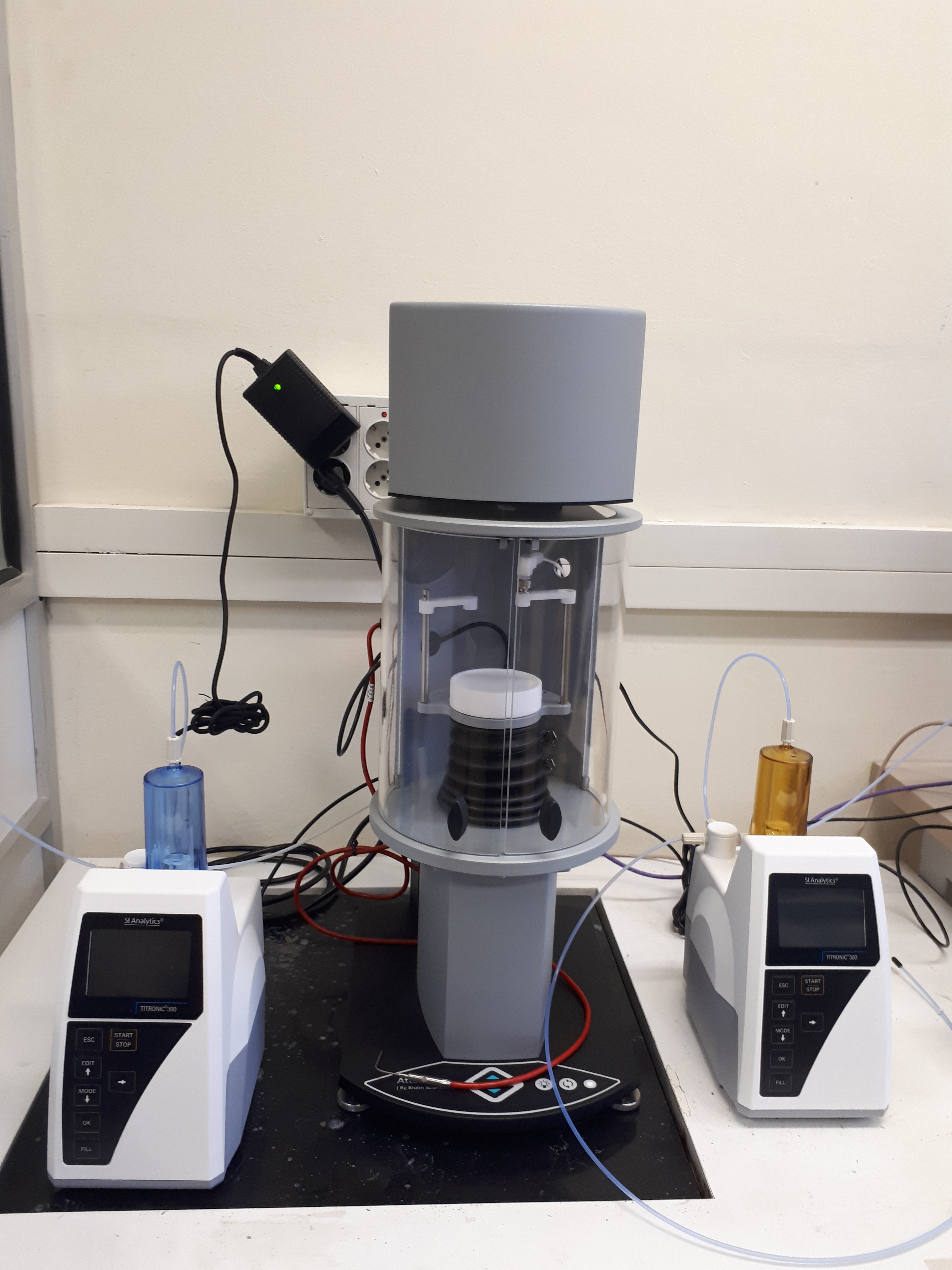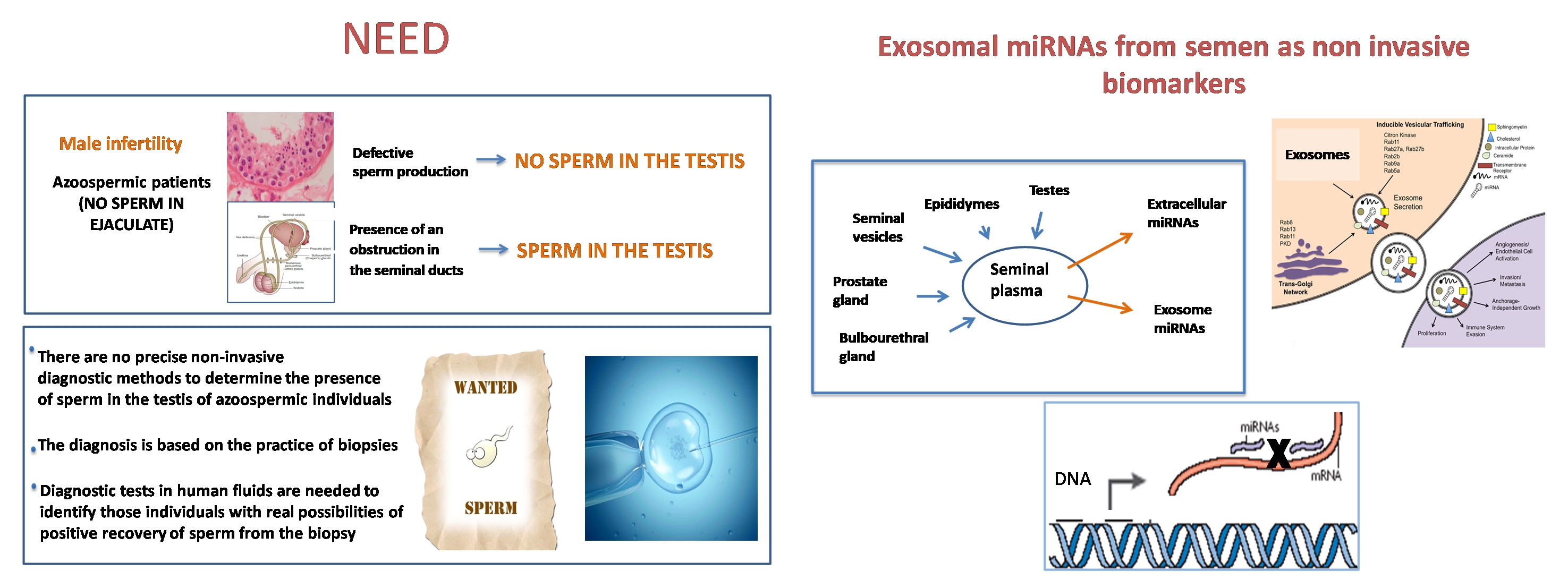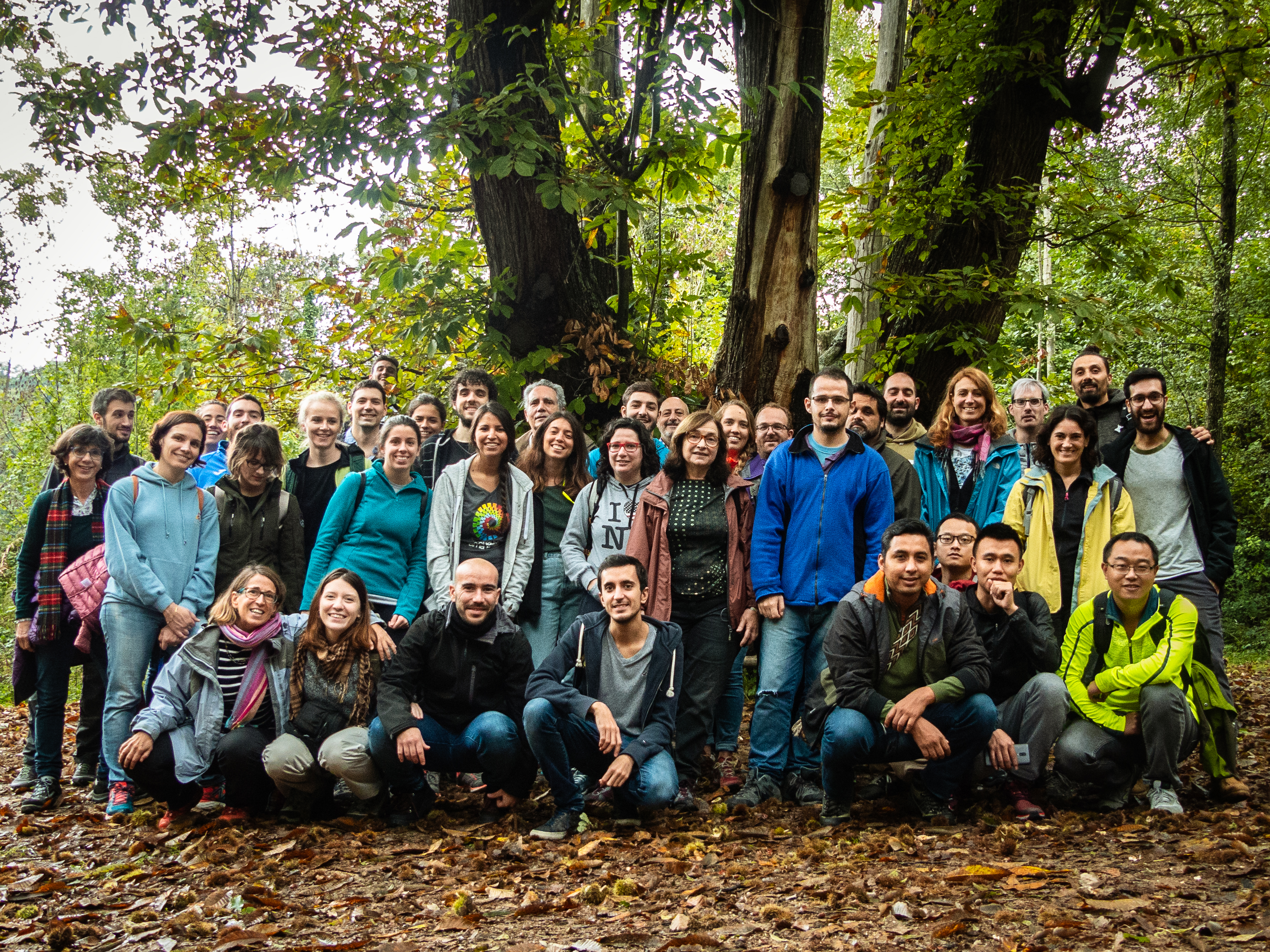3D cross-correlation dynamic light scattering (DLS) spectrometer of NANBIOSIS U12 has been upgraded
The 3D cross-correlation dynamic light scattering (DLS) spectrometer of NANBIOSIS U12 Nanostructured liquid characterization unit has been upgraded with a new goniometer and last generation laser detectors and beam splitters that allow to extend the scattering angle detection range to 10-150 degrees, and enables measurements in shorter scattering lengths for highly turbid and/or concentrated samples. Non-ergodic samples (e.g. gels) can also be measured with the new configuration
The upgrade has been funded by CSIC through the grant “Special fund for the support of Scientific and Technical Services 2018” (02045)
